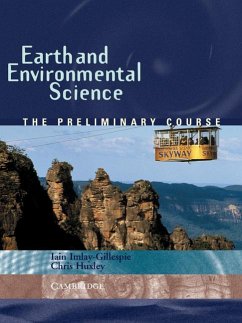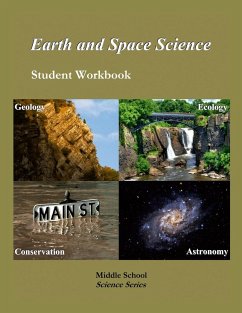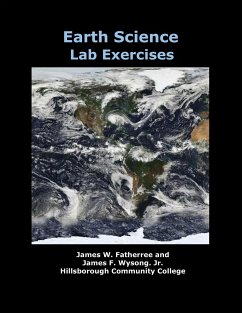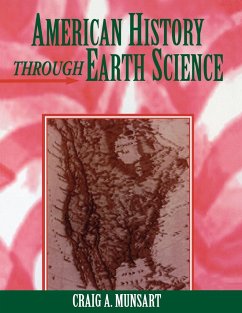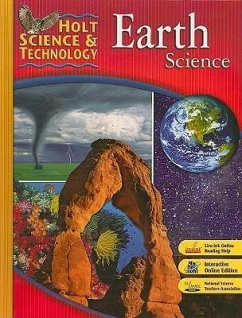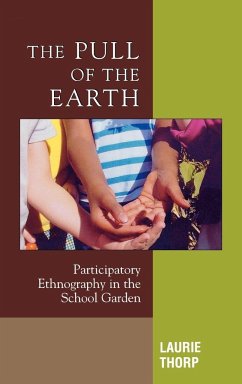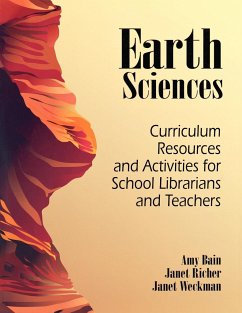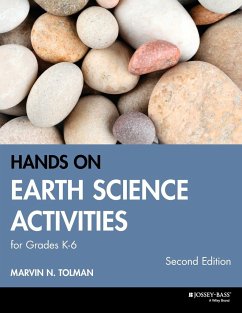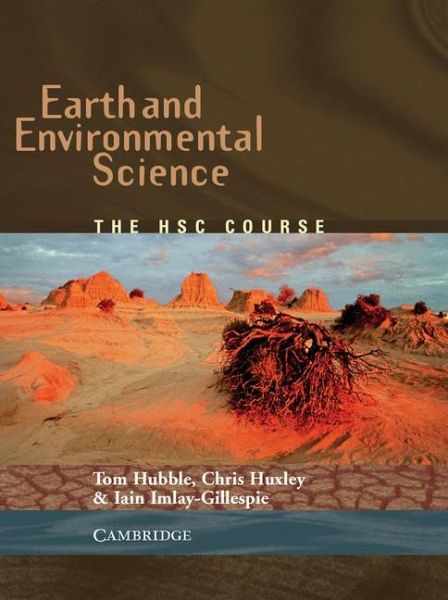
Earth and Environmental Science
The HSC Course
Versandkostenfrei!
Versandfertig in 1-2 Wochen
69,99 €
inkl. MwSt.

PAYBACK Punkte
35 °P sammeln!
Earth and Environmental Science uses global and Australian contexts to explore interactions between humans and the environments they inhabit. Beautiful in design and practical in layout, students are provided with a comprehensive and thorough understanding of environmental science and human impact.





